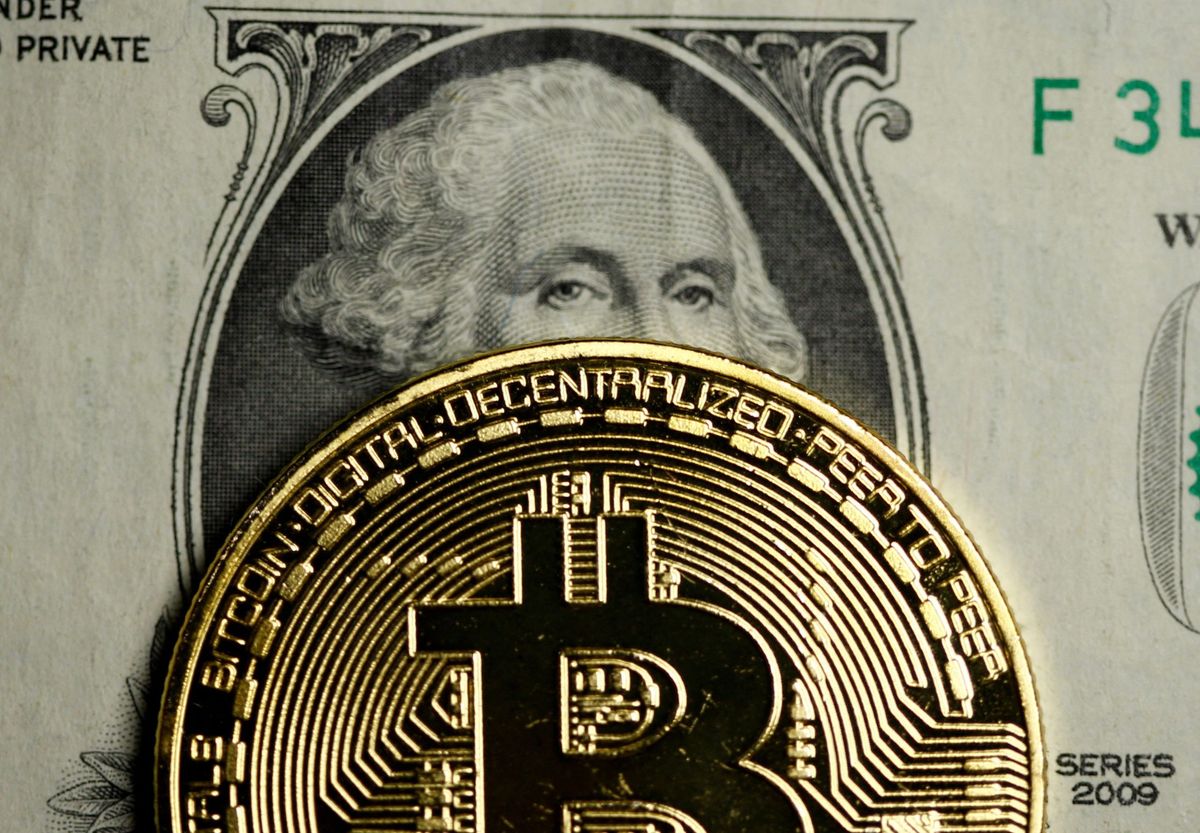From Terra UST’s crash to Japan’s low birth rate – Here is your May 12 news briefing

A few minutes every morning is all you need.
Stay up to date on the world's Headlines and Human Stories. It's fun, it's factual, it's fluff-free.
To start off, we’re looking into:
The not-so-stable stablecoin
Can you really brand a currency as “stable” if it can still drop 80% to hit a market low within two days?
Well, apparently, you can. That’s exactly what happened with TerraUSD (UST), a stablecoin offshoot of a different cryptocurrency called Terra (LUNA), which, by the way, also lost 98% of its value in the past two days.
Only a month ago, things were looking great. But now, not so much. Now Terra’s main backer is trying to raise US$1.5 billion to replenish the token’s liquidity after it, pretty suddenly and to many people’s surprise, virtually disappeared from buying books. It could take days, if not weeks, for UST to re-peg to the USD.
China’s “tsunami” of infections if it eases COVID rules

A peer-reviewed study by Shanghai’s Fudan University published in the Nature journal said that if China were to abandon its zero-COVID policies, hospitals would overflow and it could result in over 1.55 million deaths.
More specifically, the study said that if China were to lift its COVID policies now, it would lead to more than 112 million symptomatic COVID cases, 5 million hospitalizations and 1.55 million deaths.
This puts the administration between a rock and a hard place. They can open up and risk many lives because of a possible COVID outbreak or stay locked down.
To end, we’ll look into:
That YouTuber life isn’t all that rosy

You know when you watch a YouTuber’s vlog and think to yourself that they’ve got the dream job? This might come as a surprise, but it isn’t all that rosy behind the scenes.
Here’s how it usually goes. At first, they pour their heart and soul into the kind of content they’re passionate about. Soon, they’re sucked into the dark world of clickbait, clout chasing and algorithms. When it all becomes too much, they log off from the platform – sometimes it’s a temporary hiatus, other times it’s permanent.
It’s the result of what some call “YouTube brain,” which is when you’re constantly trying to appease your masses creatively and meet their constant demand for attention for less and less financial return.
Google’s AR glasses
About a decade ago, Google tried to get into the market with internet-connected consumer glasses.
Things didn’t work out. Today, Snap, Meta and Apple are all in the space, and Google is trying again.
At its annual developer conference, the company gave a sneak peek into these snazzy specs, with the CEO Sundar Pichai ending the tease by letting us know that we still have a “long way to go.”
The Pixel Watch is also on its way, and we can expect to see them at shops this fall.
Will Japan just … disappear?
A couple of days ago, Elon Musk tweeted that if Japan didn’t get its birth rate under control, it might “eventually cease to exist.”
We looked into this, and, well, there’s just more to it. It’s true that Japan has a declining population (its population fell by a record 644,000 people last year), but the country is also working on the problem by implementing programs that make it easier for people to have kids by giving them a better work-life balance.
But it’s unlikely that the country will just “cease to exist,” since Japanese women are still having an average of 1.4 kids (which, in fairness, is a little below what’s called the “replacement rate,” which is 2.1 kids per woman).
But, the bigger fear is that the country would face a labor shortage and leave the younger generation with too few hands to get the work done.
In other news …
💲The dollar has hit a 20-year high as investors become less confident about where to put their money amid market uncertainty, directing it to safer options.
🚨On that note, crypto company Coinbase dropped the B-word (“bankruptcy”) in its regulatory filing, with the CEO having to put out a mini fire specifying that the company isn’t going bankrupt and the US$256 billion of user funds it holds is all safe and well.
🇺🇸The US House greenlit US$40 billion more in aid for Ukraine. It is expected to move quickly through the Senate.
🇨🇳Beijing wasn’t happy about the WHO labeling its COVID stance as unsustainable and told the agency to “refrain from making irresponsible remarks.”
🚙Drunken cab rides home from LKF are about to be a little more painful, with Hong Kong taxi rides set to increase by HK$3 from mid-July.
🇯🇵Tokyo has announced it will start recognizing same-sex partnerships, but they won’t be seen as legal marriages.
💍Get that ring and pop the question soon because diamond sourcing has become quite difficult after the sanctions piled onto Russia. A small diamond now costs 20% more than it used to.
🛩With the eased restrictions, Cathay Pacific now expects its cash burn to be under HK$500 million (US$63.70 million) a month for the next few months, which is down from its previous forecast of HK$1 billion to HK$1.5 billion per month.
Written and put together by Jake Shropshire, Christine Dulion, Julianna Barcela and Krystal Lai




Comments ()